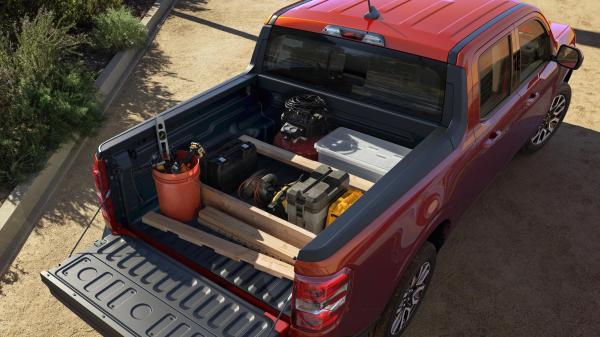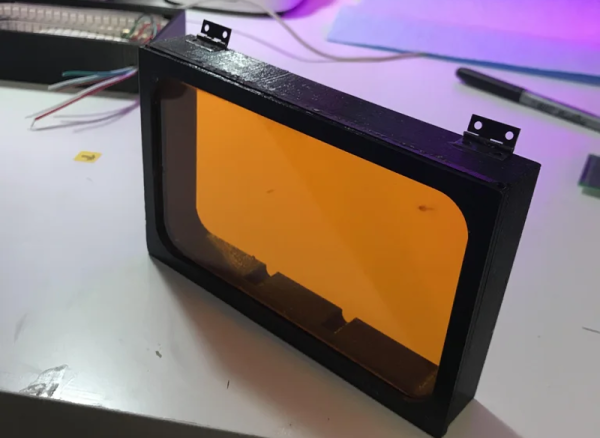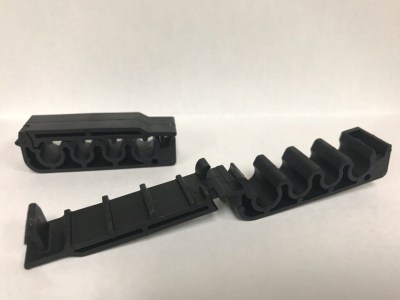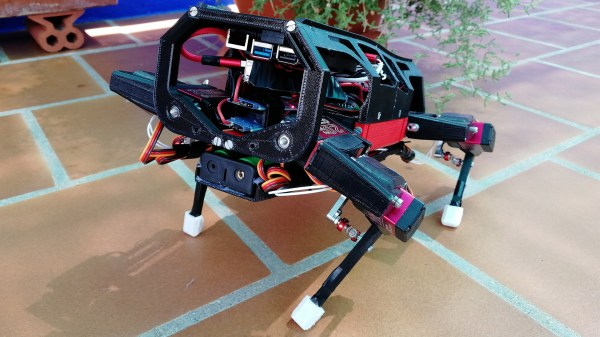We’ve featured a lot of car hacks on these pages, most would void the warranty and none of it with explicit factory support. Against that background, Ford’s upcoming Maverick is unique: a major manufacturer has invited owners to unleash their do-it-yourself spirit. It is one of several aspects that led [Jason Torchinsky] of Jalopnik to proclaim The 2022 Ford Maverick Is An Honest, Cheap, Multitool Of A Vehicle And I’m All For It.
There are two primary parts to Ford’s DIY invitation. Inside the cabin are several locations for a dovetail mount called “Ford Integrated Tether System” (FITS). Naturally Ford will be selling their own FITS accessories, but they also expect people to create and 3D-print designs addressing needs unmet by factory kits. CAD files for FITS dimensions are promised, but any maker experienced with a caliper should have little trouble.
Another part of Ford’s DIY invitation is in the cargo area, whose sides were stamped with slots for lumber beams supporting projects like a ~$45 bike rack. There are also threaded bolt holes already in the bed, no drilling or tapping into sheet metal necessary. Behind a few small plastic doors are wires to supply 12 V DC power without the risk of splicing into factory harnesses.
There will always be wild car hacks like turning a sedan into a pickup truck. But it’s great to lower the barrier of entry for milder hacks with these small and very welcome features. QR codes on a sticker takes us to Ford’s collection of video instructions to get things started. Naturally if this idea takes off other people will post many more on their own YouTube channels. We like where Ford wants to go with this, and we would love to see such DIY-friendliness spread across the auto industry. A few Ford videos explaining design intent in this area after the break.
[Title image: Ford Motor Company]







 Kipp Bradford
Kipp Bradford










